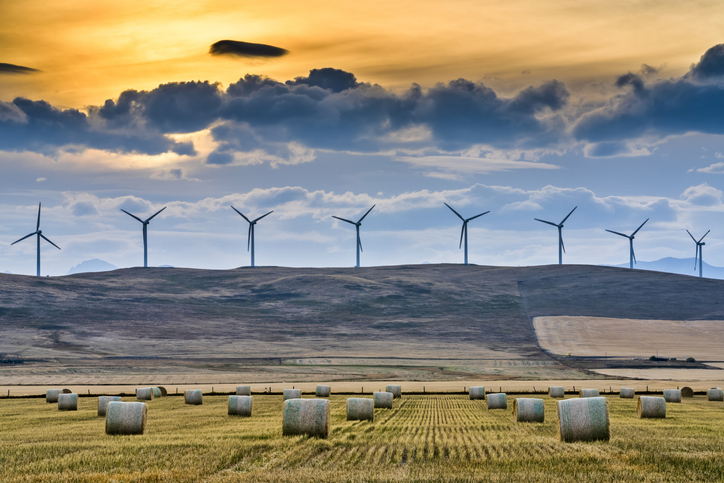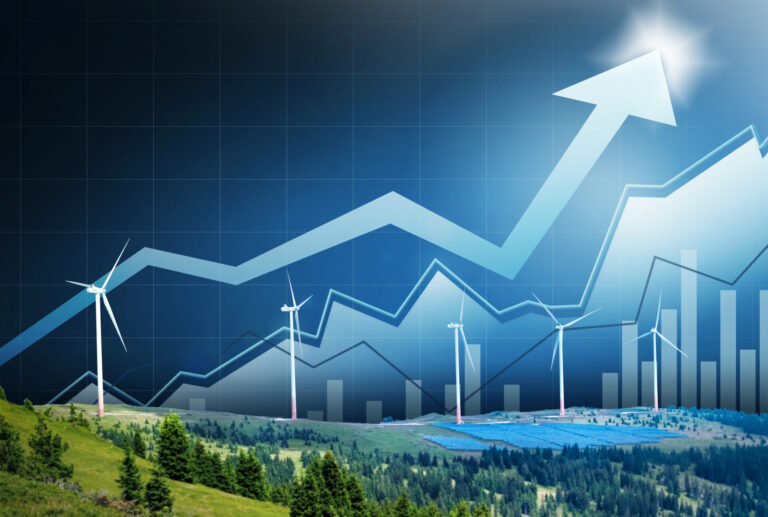Tuesday, September 23, 2025
General Market Commentary
The Bank of Canada recently released its Financial Stability Report, an assessment of the resilience of the Canadian financial system and focuses on key risks that could undermine its stability.
According to the report, over the past 12 months, Canadian households have been carrying, on average, less debt relative to their income, and insolvency filings by businesses have dropped significantly. But there are ongoing pockets of financial stress; the economic impacts of the pandemic, as well as elevated housing prices due to persistent imbalances in the housing market, have led to higher levels of debt for some households and businesses and this has made them more vulnerable to financial shocks.
However, since January the large and abrupt shifts in U.S. trade policy have led to some bouts of extreme market volatility: “The trade war currently threatens the Canadian economy and poses risks to financial stability. Near-term unpredictability of US trade and economic policy could cause further market volatility and a sharp repricing in assets, leading to strains on liquidity. In extreme circumstances, market volatility could turn into market dysfunction.”
The Government of Canada has stated its support for the clean economy and clean energy development with a variety of financial mechanisms and a plan to seize the moment in the lack of U.S. leadership.
“Canada has a tremendous opportunity to be the world’s leading energy superpower, in both clean and conventional energy,” said Prime Minister Mark Carney. “We are going to aggressively develop projects that are in the national interest in order to protect Canada’s energy security, diversify our trade, and enhance our long-term competitiveness – all while reducing emissions. We can lead the energy transition while ensuring affordable energy at home and building the strongest economy in the G7.”

Hot Sector News
When it comes to building this clean energy economy, organizations such as CleanTech North are raising awareness about the incentives and opportunities available to support companies across the country.
Bryan Watson, Managing Director of Cleantech North recently gathered a panel of experts to discuss the state of affairs for Clean Economy Tax Credits, offering valuable insights and key takeaways on complicated policies. The panel included: Martha Breithaupt, Partner, BDO Canada; Jonathan Garbutt, Barrister & Solicitor, Dominion Tax Law; Jeff Keats, National Cleantech Lead – Ecosystems and Market Intel, EDC; and, Martin McLaughlin, Partner, Incentives and Capital Investments, EY.
“We’re seeing this great elbows up, Team Canada approach. EDC launched our trade impact program at the start of the tariff situation. This is $5 billion we’re expecting to deploy over the next few years if this economic uncertainty continues,” said Keats, who explained that is provided by EDC’s program, not taxpayer dollars or government dollars. He explained the benefits of accounts receivable insurance, various loan guarantees free of working capital, access to more capital, and foreign exchange guarantees to get more hedging facilities.
Key takeaways of the informative panel conversation included the following:
- Form Availability: While forms for the Clean Technology Investment Tax Credit (ITC) and the Carbon Capture, Use, and Storage (CCUS) ITC are now available, the forms for the Clean Hydrogen and Clean Technology Manufacturing ITCs are still pending. In the interim, the federal government has outlined a mechanism for claiming these credits (via Schedule 1, with the provision of additional information).
- Critical Labour Requirements: The attestation paperwork for labour requirements is available. To qualify for the full 30 per cent credit, organizations must elect and attest to meet specific wage requirements aligned with Canada Building Trades Unionized rates for every job site. This includes communicating these requirements to workers and posting appropriate signage. It is important to note that the current attestation is largely binary (yes/no) declaration, necessitating careful consideration of compliance across all aspects of a project.
- Early Wins: It is noteworthy that the Canada Revenue Agency (CRA) has processed 25 claims specifically for the clean technology tax credit, indicating that refunds are commencing.
- High Likelihood of Audit: The CRA has indicated a high likelihood of audits (potentially 100 per cent initially) for these claims, managed by the Scientific Research and Experimental Development (SR&ED, also known as “SHRED”) directorate as part of their training process. These tax incentives are intended to encourage businesses to conduct research and development in Canada. The reported average audit duration is approximately 100 days.
- Legislative Amendments Pending: Several proposed legislative amendments, such as those concerning poly metallic mining and biogas/biodigesters, are currently in abeyance due to the election cycle. The ratification of these amendments is anticipated post-election. Draft legislation or consultation phases are underway for the Clean Electricity ITC and the EV Supply Chain ITC.
- Documentation and Demonstration: Given the anticipated scrutiny from the CRA, maintaining meticulous and comprehensive documentation is of paramount importance. This includes evidence pertaining to labour conditions, equipment eligibility, and signage. Organizations should ensure thorough record-keeping to demonstrate reasonable efforts toward compliance.
- Consult a Professional: Stakeholders in the clean technology sector are encouraged to stay informed about further developments and to consult with tax professionals for guidance in navigating tax credits.
To view the entire webinar video, click here.
Stocks to Watch
Here is a list of Canadian cleantech stocks that we are monitoring for this column. This list of public companies is by no means complete, and we are open to suggestions from our advisors and readers.
| Name | Symbol | Price in $CDN April 15/25 | Price in $CDN May 15/25 | % |
| Algonquin Power & Utilities Corp. | AQN | $7.28 | $7.68 | +5.4% |
| Anaergia Inc. | ANRG | $0.90 | $1.13 | +25.56 % |
| Ballard Power Systems Inc. | BLDP | $1.66 | $1.90 | +14.46% |
| *BIOREM Inc. | BRM | $2.08 | $2.04 | -1.92% |
| Boralex Inc. | BLX | $28.87 | $30.62 | +6.06% |
| *CHAR Technologies Limited | YES | $0.19 | $0.19 | 0% |
| Electrovaya Inc. | ELVA | $3.55 | $3.96 | +11.55% |
| Engine No 1 (Transform ETF) | NETZ | $88.13 | $96.65 | +13.07% |
| EverGen Infrastructure Corp. | EVGN | $0.63 | $0.42 | -33.33% |
| Greenlane Renewables Inc. | GRN | $0.09 | $0.09 | 0% |
| Li-Cycle Holdings Corp | LICY | $0.68 | $0.13 | -80.88% |
| Loop Industries | LPEN | $1.49 | $1.26 | -15.44% |
| Northland Power Inc. | NPI | $18.40 | $20.69 | -12.45% |
| *Thermal Energy International Inc. | TMG | $0.12 | $0.10 | -16.67% |
| Westport Fuel Systems Inc. | WPRT | $3.96 | $4.06 | +2.53% |
| Zinc8 Energy Solutions Inc. (Abound Energy) | ZAIR | $0.070 | $0.075 | +7.14% |
*The authors of this column own equity. It is not meant to be an endorsement, but simply a statement of this fact.

James Sbrolla is a veteran of the financial and environmental industries.

Connie Vitello is editor of Environment Journal.
Featured image credit: Getty Images













